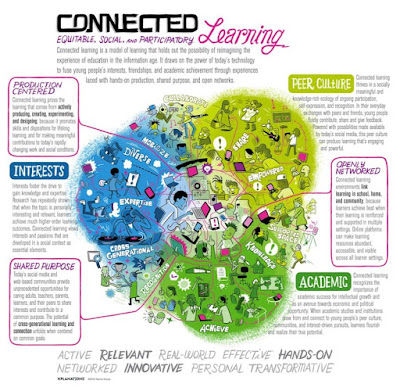Campbell, Renee
Tiffany, Kaitlyn. (2016). In the war on fake news, school librarians have a huge role to play: Talking to an information sciences professor about the challenges ahead. The Verge. Retrieved from http://www.theverge.com/2016/11/16/13637294/school-libraries-information-literacy-fake-news-election-2016.
Summary:
Interview with Professor Nicole A. Cooke of the University of Illinois School of Information Studies on how, as information specialists, to teach how to identify “fake news”. Cooke discusses the “all or nothing” approach people today have towards news. That “a lot of people say that they ‘distrust’ something not because it’s not trustworthy but because they actually just don’t agree with it.” And, how our students, who are the most technologically savvy, may also be the least informed because the speed of the internet and social media allows little time to adequately test credibility.
Evaluation:
This is a very timely article with useful tools for librarians, teachers, and students. In these past two weeks, I have had numerous discussions with all three groups and am thankful for the insight and applicable tools. I especially like her advice to “meet students where the are” on Wikipedia, Facebook, and Twitter, and being a guide through the wilderness of information and misinformation.

